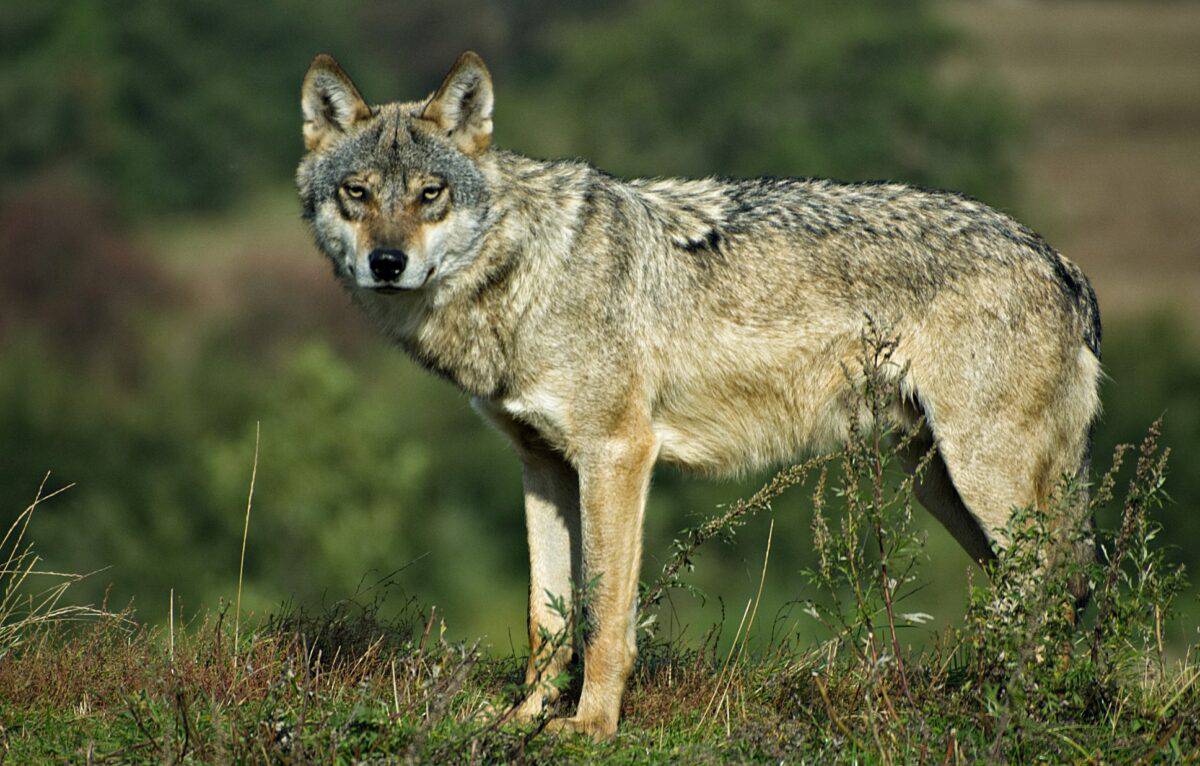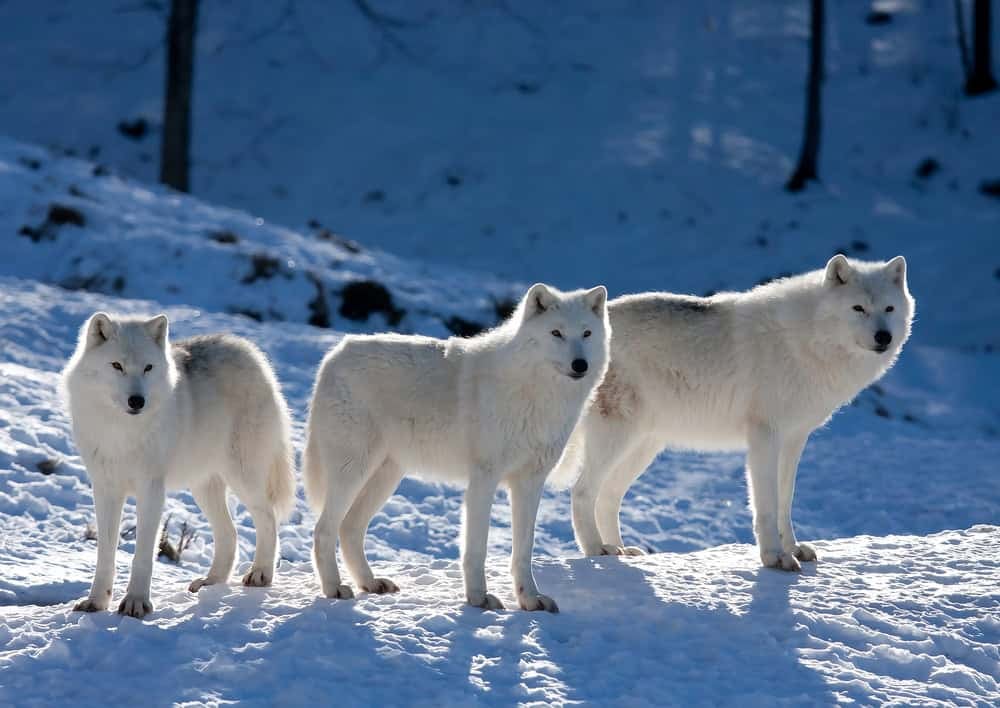Wolves have long intrigued humans with their mysterious nature and complex social structures. Though often depicted as solitary predators, these magnificent creatures are highly social animals that rely heavily on communication to maintain the intricate dynamics within their packs. Recent research has begun to reveal the depths of wolf communication, showcasing a sophisticated system that is both fascinating and enlightening. In this article, we explore the nuances of wolf communication, delving into their vocalizations, body language, and scent marking to uncover the various methods these animals use to interact with each other.
Understanding Wolf Vocalizations

Wolves are renowned for their haunting howls, but vocalizations among these animals are both varied and purposeful. Howls serve as long-distance communication to assemble the pack or signal territorial boundaries. In contrast, growls, whines, and barks are used for immediate social interactions within the group. These vocal cues can convey excitement, anger, submission, or a warning, helping wolves navigate their environments and social standings.
The Significance of Howling

While howling is a well-studied aspect of wolf communication, its complexities are often underestimated. Wolves use howling not only to communicate over long distances but also to coordinate group activities such as hunting and defending territory. Howling can be individual or communal, reinforcing social bonds and allowing individuals to express their unique identities through variances in pitch and duration.
Body Language and Silent Communication

Wolves also rely heavily on body language to communicate within the pack. Facial expressions, posture, and tail positioning can all convey essential information, such as dominance, submission, playfulness, or aggression. These non-verbal cues are crucial for maintaining harmony and hierarchy within the pack, ensuring that roles are understood and respected.
Tactile Communication in Wolves

Physical interactions such as nuzzling, licking, and play-fighting play significant roles in wolf communication. These tactile signals strengthen social bonds and establish trust among pack members. For instance, subordinate wolves may lick the faces of dominant individuals as a gesture of submission or affection, reinforcing the social hierarchy.
The Role of Scent Marking

Wolves utilize scent marking to communicate territorial boundaries and reproductive status. By depositing urine and feces in strategic locations, wolves create a scent map that conveys vital information to other pack members and potential intruders. This olfactory communication is essential for establishing identity, territory, and social status among wolves.
Scent Glands and Information Sharing

Beyond urine and feces, wolves have scent glands located between their toes and on the base of their tails. These glands excrete unique scents that are utilized for social communication. As wolves walk, scent is deposited on the ground, leaving an olfactory trail that provides individual and pack information to other wolves in the area.
The Dynamics of Wolf Pack Hierarchy

Pack hierarchy plays a central role in wolf communication. Dominance and rank are constantly negotiated through both overt and subtle communications. The alpha wolves typically lead, while beta and omega wolves occupy different roles within this social structure. Communication is critical for maintaining these roles and ensuring the pack functions harmoniously.
The Importance of Social Bonds

Strong social bonds within a wolf pack are crucial for survival. Communication enhances these bonds by enabling coordination during hunts, helping care for the young, and providing mutual protection. Wolves demonstrate a remarkable ability to express themselves emotionally, contributing to the cohesion and resilience of their groups.
Learning Wolf Language

From a young age, wolf pups are immersed in the language of their pack. They are quick to learn vocal signals, body language, and scent cues from adults and peers. These early lessons are vital as young wolves must understand and interpret complex signals to eventually take their place within the pack structure.
Human Influence and Misinterpretation

Human interventions in wolf habitats often disrupt their natural communication channels. Urbanization, noise pollution, and habitat fragmentation can interfere with howling and scent-marking, leading to potential misunderstandings and increased conflict within and between packs. Understanding and respecting these communication methods can help mitigate human-wolf conflicts.
Conservation and Communication Research

Recognizing the importance of communication in wolf packs, conservation efforts must consider these dynamics. Protecting the ecological landscapes that support healthy wolf populations and facilitating research into their communication strategies can foster a better coexistence between humans and wolves, ensuring these animals continue to thrive.
The Fascination of Decoding Wolf Communication

As we delve deeper into the secrets of wolf communication, it becomes evident that these animals possess a rich, intricate language all their own. Their ability to express emotions, coordinate complex group behaviors, and maintain social responsibilities is as captivating as it is enlightening. The ongoing exploration of this communication invites a deeper appreciation and understanding of wolves, encouraging efforts toward their preservation.
Conclusion

In unlocking the mysteries of wolf communication, we uncover not just how they interact with one another, but also glean insights into their social structures and environmental adaptations. Through vocalizations, body language, scent marking, and social hierarchies, wolves demonstrate an extraordinary capacity for intricate communication. Understanding these methods equips us with a deeper respect for these animals and reinforces the need for conservation and coexistence. Ultimately, the study of wolf communication reflects the richness of animal behavior and the profound interconnectedness of life in the natural world.
- This Fish Has the Most Teeth in the Ocean—And Uses Them Well - August 9, 2025
- How Wolves Use Group Howls to Reunite With Pups - August 9, 2025
- 12 Dog Breeds That Form the Deepest Emotional Bonds with Their Owners - August 9, 2025

